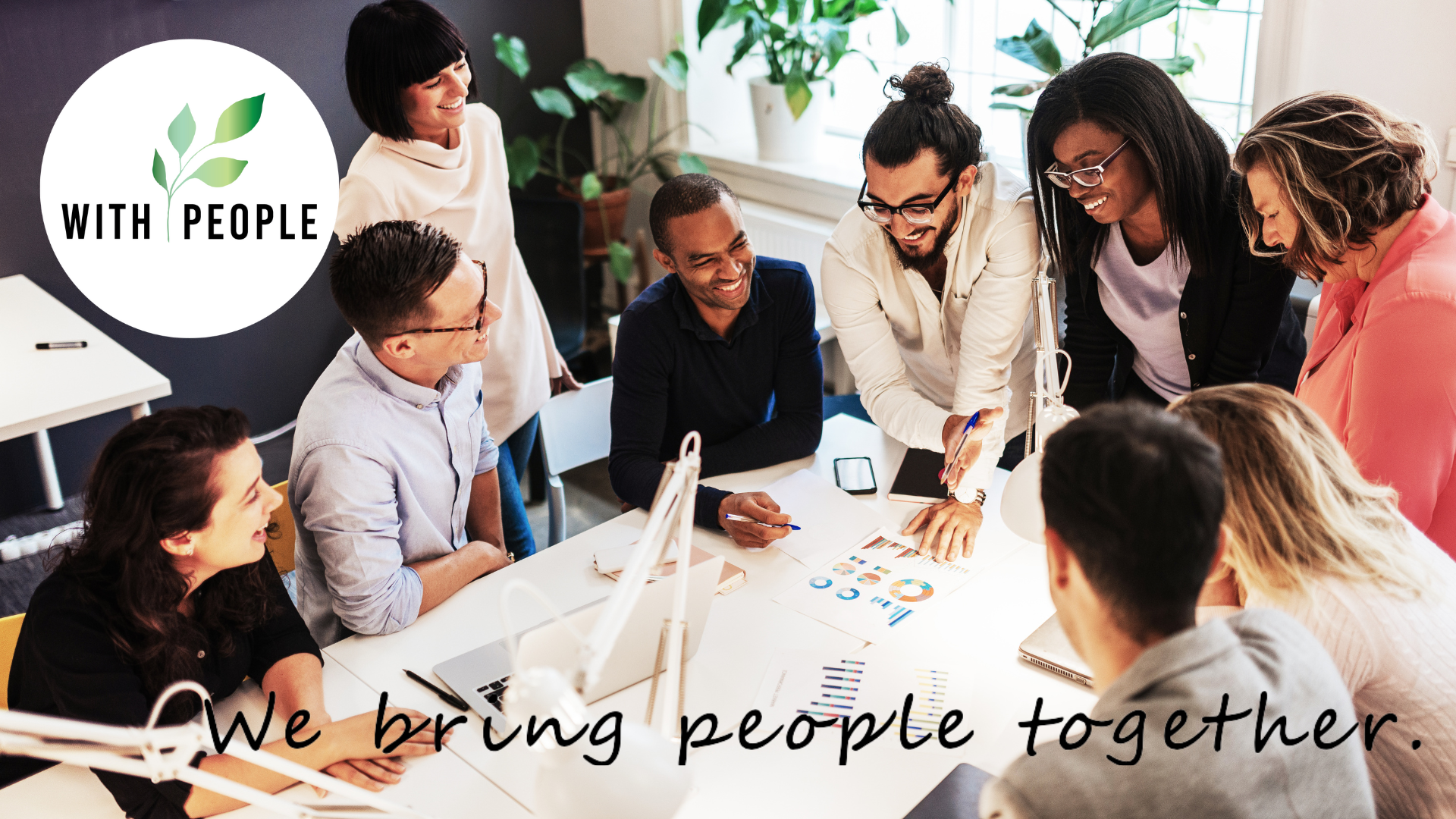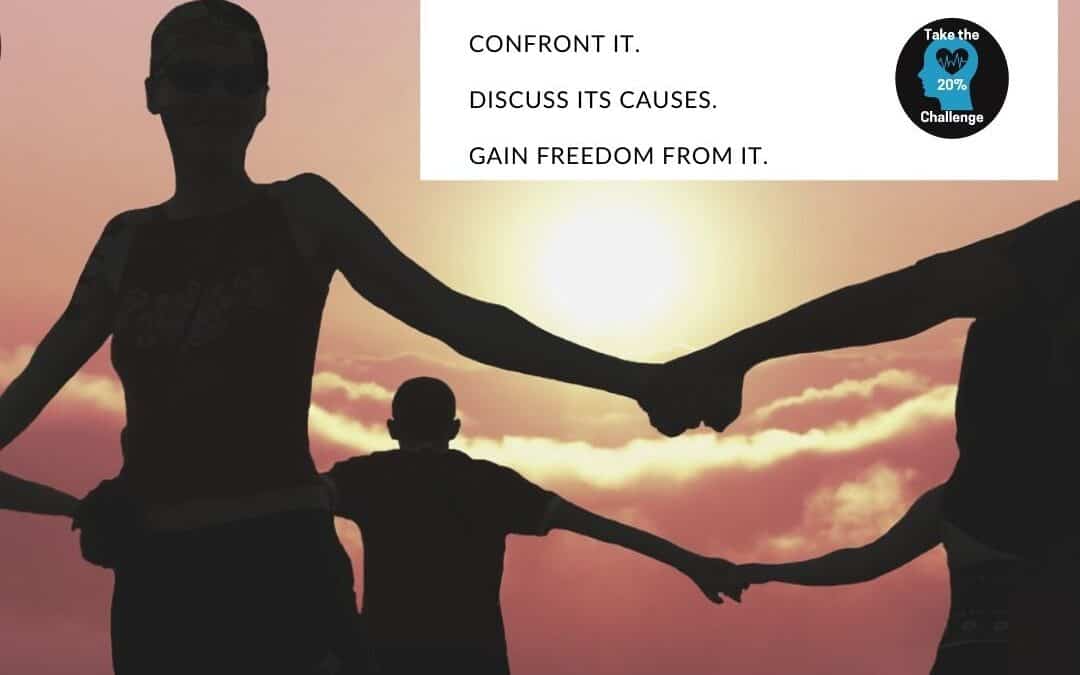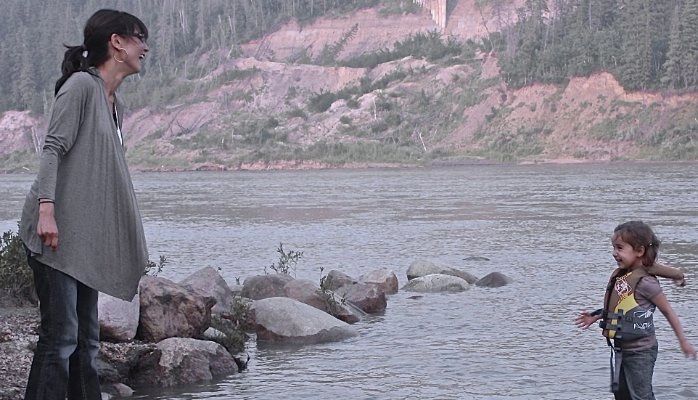
Find Your Sacred During Times of Tension and Conflict Communication
Conflict Communication
Find your sacred during times of conflict and tension: As I sit across the bargaining table from a Union counterpart, he slams his fists against the table, calls me names not worth repeating and has choice words for the employer I represent. It is worth mentioning; the employer I represent is reasonable and fair. Fortunately, this is not an everyday experience. Most of us negotiators can have these difficult conversations while respecting the party opposite and the process. Whether out of shock or good judgment, our team does not react. I suggest a caucus “to gather our thoughts,” but it is to create space to calm things down.
During our caucus, the first order of business would be convincing our team that the outburst required no direct response.
Sure, there are times to respond with passion and vigour, but that wasn’t one of them.
I would remind our team that perceived process wins and “I sure showed them moments” in front of committees did not amount to a win on the actual negotiation scorecard.
While strolling down the hallway to our caucus room, I inhaled deeply, muttered, “It’s not about me,” under my breath and reflected on what holds us together in these moments.
What keeps us from responding in kind, escalating the situation and causing conlfict communication breakdown and impasse?
For me, and it works regardless of whether others reciprocate the sentiment, I hold dear and sacred the negotiating table, the negotiation process, the parties involved, and the agreement reached. Holding on to this meaningfulness keeps me grounded and helps me not lose perspective during tension and hostility, independent of what happens during the exchange.
This is hardly a unique approach, but how did this approach become ingrained within me?
I was often troubled and confused about my place and direction in life throughout my teens and early twenties, exacerbated by several family calamities. Fortunately, at the time, I found a healthy distraction in the sport of wrestling. It meant a lot to me to become competent at the sport. I prepared obsessively and competed often.
What could Wrestling, or other Competitive Sports have to do with Conflict Communication?
Wrestling was somewhat nerve-racking for many in the sport, even the well-adjusted. A match is a one-on-one competition. Defeats were punctuated and often taken as personal failures unless they were in matches close on points. Due to my maladjustments, I was driven more by fear of losing than the joy of participation and chance of success, seemingly to a greater extent than most.
I worried too much and made the mistake of placing too much of my identity and self-worth on the line.
At tournaments, our team members would wear our wrestling singlets underneath our sweats and t-shirts during warm-ups. We would drop our shoulder straps and let them hang down outside our sweats during warm-ups before the match. In so doing, we showcased our slightly rebellious nature and style (if there was such a thing among us) while it identified us as wrestlers when walking the gym floor.
There was a rule; however, you never stepped onto the mat with your straps down when arriving for your match. Doing so would be a sign of disrespect for the sport, to your opponent, and the match itself.
I enjoyed the rule. It was one of those things we came to know and made us feel like we were in on a secret code of sorts. My self-centred fear would block access to the more fulsome meaning behind the rule at the time. After accumulating much greyer hair and distance from the sport, a deeper appreciation would surface years later.
A wrestling match is an intense situation that reveals our humanness, whether virtues or vices, courage or fear, or a mix of all above. It is a test or moment of truth, if you will, on whether you trained hard enough, had the physical and mental fitness, ate properly, and had the talent to succeed. It was a test of character, courage and integrity.
In the middle of all this intensity and human frailties and strengths, the mat was sacred.
We worked out on the mat, warmed up, stretched, cooled down, meditated, and even disinfected and cleaned the mat. We cared for and honoured the mat. The mat was the truthteller during the competition amidst a collision of human fortitude, weakness, and tension. Having the reverence to adopt rules that made the mat sacred was enough to remove us, ever so slightly from our self-centred fear, to engage in the match on an honourable footing grounded in virtue with our fears muted.
For those transformations to happen, the rule/ritual needs to be in place, and we need to be present to the moment enough to honour the ritual and find meaning in it.
During our caucus, I see energy return to the faces of our team. They understand that the over-the-top outburst we witnessed did nothing to change our bargaining position. They understand that a non-reaction can, in fact, be more potent than a reaction in conflict communication. We walk back down the hall to the negotiation room. I take a few deep breaths during our stroll.
We enter the room and move to our seats. My eyes scan the surface of the table, with binders and papers strewn about, people leaning in, leaning back, arms open, arms crossed, elbows on the table elbows off the table, some eye contact, some eyes down, some eyes averting direct view, some nods and some shrugs. I exhale as my hands touch the surface before me and feel its texture. I gauge the table’s strength while seated. I notice the soles of my feet against the floor and feel my connection to the ground supporting me. I press my shoes to the floor, twist ever so slightly and feel the resulting stored energy. This is a precious moment. The negotiation table, process, and the agreement that we will eventually achieve; bind us to the truth and integrity that connect us. I remind myself that it is not about me. It is not about one person’s behaviour. With self-centred fear set aside, we get down to honouring the business at hand again. In this state, we are prepared to engage in conflict communication skillfully.
Whatever we do, find the meaning, find the sacred, and learn to trust it.
That is one example of how some of us hold it together during conflict communication, tension, escalation, hostility and challenge.
Please visit our homepage for more information about our labour relations and human resources firm with offices in Edmonton, Alberta and Prince George and Victoria, British Columbia.
Respectfully submitted,
Sam Kemble
Chief Operating Officer
With People Inc.




Recent Comments